EVGA 450 BT PSU Review: Amazing Value At $25
Why you can trust Tom's Hardware
Transient Response Tests
Advanced Transient Response Tests
For details on our transient response testing, please click here.
Ιn these tests, we monitor the 450 BT's response in several scenarios. First, a transient load (10A at +12V, 5A at 5V, 5A at 3.3V, and 0.5A at 5VSB) is applied for 200ms as the PSU works at 20 percent load. In the second scenario, it's hit by the same transient load while operating at 50 percent load.
In the next sets of tests, we increase the transient load on the major rails with a new configuration: 15A at +12V, 6A at 5V, 6A at 3.3V, and 0.5A at 5VSB. We also increase the load-changing repetition rate from 5 Hz (200ms) to 50 Hz (20ms). Again, this runs with the PSU operating at 20 and 50 percent load.
The last tests are even tougher. Although we keep the same loads, the load-changing repetition rate rises to 1 kHz (1ms).
In all of the tests, we use an oscilloscope to measure the voltage drops caused by the transient load. The voltages should remain within the ATX specification's regulation limits.
These tests are crucial because they simulate the transient loads a PSU is likely to handle (such as booting a RAID array or an instant 100 percent load of CPU/GPUs). We call these "Advanced Transient Response Tests," and they are designed to be very tough to master, especially for a PSU with a capacity of less than 500W.
Advanced Transient Response at 20 Percent – 200ms
| Voltage | Before | After | Change | Pass/Fail |
|---|---|---|---|---|
| 12V | 11.943V | 11.648V | 2.47% | Pass |
| 5V | 5.071V | 4.937V | 2.64% | Pass |
| 3.3V | 3.336V | 3.148V | 5.64% | Pass |
| 5VSB | 5.117V | 5.065V | 1.02% | Pass |
Advanced Transient Response at 20 Percent – 20ms
| Voltage | Before | After | Change | Pass/Fail |
|---|---|---|---|---|
| 12V | 11.948V | 11.507V | 3.69% | Pass |
| 5V | 5.067V | 4.922V | 2.86% | Pass |
| 3.3V | 3.335V | 3.116V | 6.57% | Fail |
| 5VSB | 5.117V | 5.068V | 0.96% | Pass |
Advanced Transient Response at 20 Percent – 1ms
| Voltage | Before | After | Change | Pass/Fail |
|---|---|---|---|---|
| 12V | 11.946V | 11.650V | 2.48% | Pass |
| 5V | 5.069V | 4.905V | 3.24% | Pass |
| 3.3V | 3.336V | 3.117V | 6.56% | Fail |
| 5VSB | 5.117V | 5.071V | 0.90% | Pass |
Advanced Transient Response at 50 Percent – 200ms
| Voltage | Before | After | Change | Pass/Fail |
|---|---|---|---|---|
| 12V | 11.923V | 11.598V | 2.73% | Pass |
| 5V | 5.070V | 4.913V | 3.10% | Pass |
| 3.3V | 3.331V | 3.134V | 5.91% | Fail |
| 5VSB | 5.093V | 5.041V | 1.02% | Pass |
Advanced Transient Response at 50 Percent – 20ms
| Voltage | Before | After | Change | Pass/Fail |
|---|---|---|---|---|
| 12V | 11.908V | 11.507V | 3.37% | Pass |
| 5V | 5.076V | 4.949V | 2.50% | Pass |
| 3.3V | 3.330V | 3.092V | 7.15% | Fail |
| 5VSB | 5.091V | 5.033V | 1.14% | Pass |
Advanced Transient Response at 50 Percent – 1ms
| Voltage | Before | After | Change | Pass/Fail |
|---|---|---|---|---|
| 12V | 11.927V | 11.633V | 2.46% | Pass |
| 5V | 5.068V | 4.900V | 3.31% | Pass |
| 3.3V | 3.331V | 3.100V | 6.93% | Fail |
| 5VSB | 5.093V | 5.041V | 1.02% | Pass |
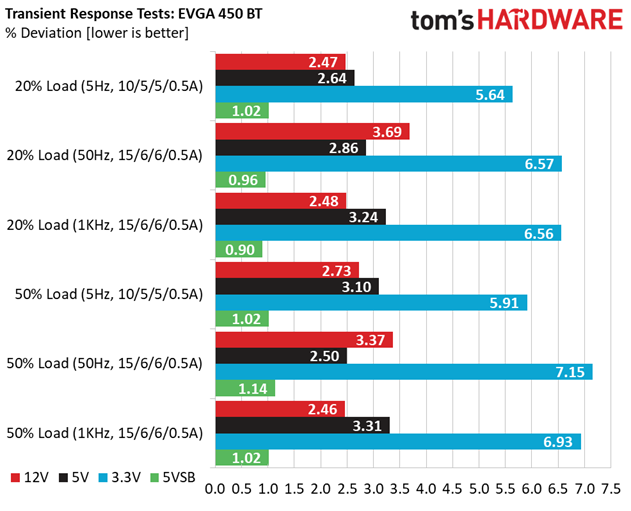

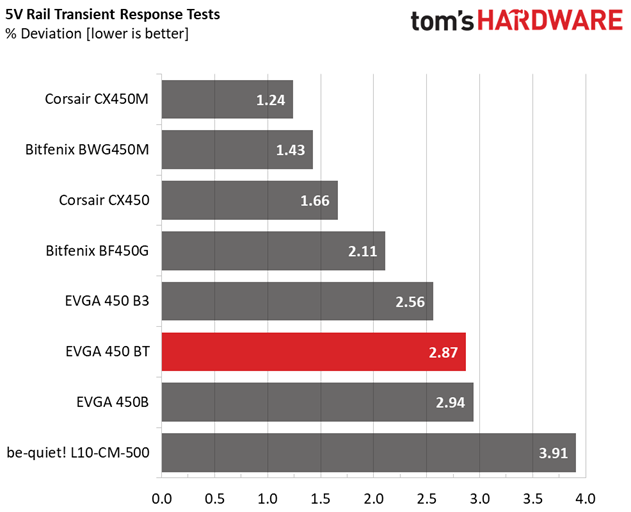

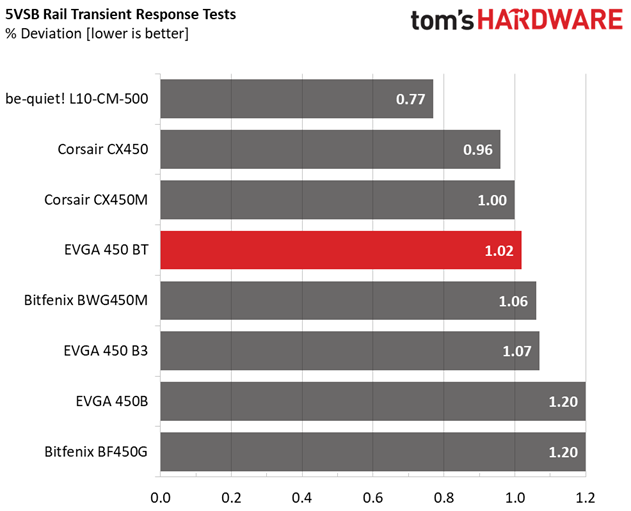
Transient response is mediocre on every rail except for 3.3V one, where it's downright awful. While we haven't seen such bad performance for a long time, we're also willing to give the 450 BT a bit of a break due to its low price tag and capacity. Just remember that this is one of the most important tests we run, since it simulates a PSU's behavior under real-world conditions. If you want better transient response, you need to spend more money on a power supply with a more modern platform.
Get Tom's Hardware's best news and in-depth reviews, straight to your inbox.
Here are the oscilloscope screenshots we took during Advanced Transient Response Testing:
Transient Response At 20 Percent Load – 200ms
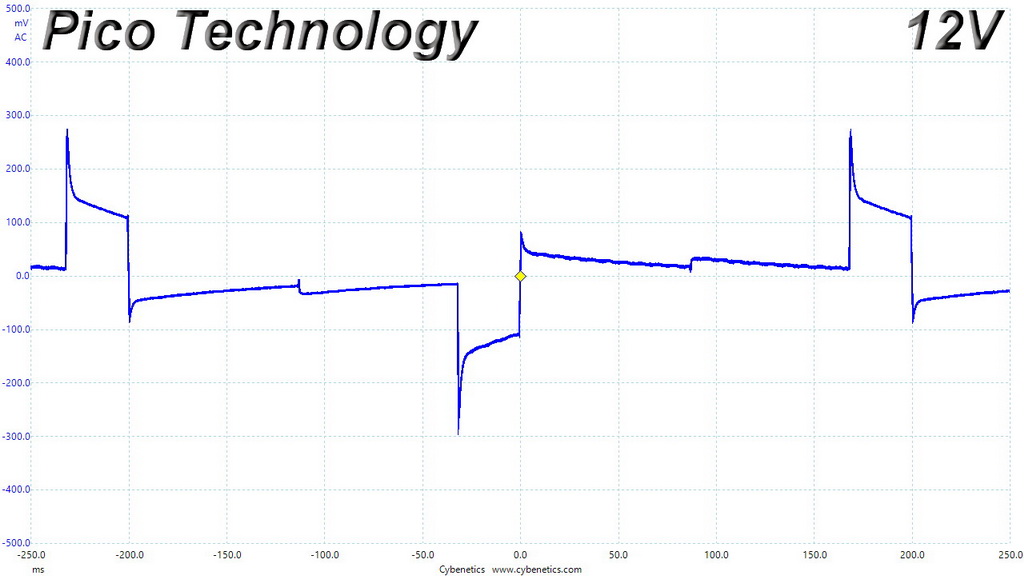
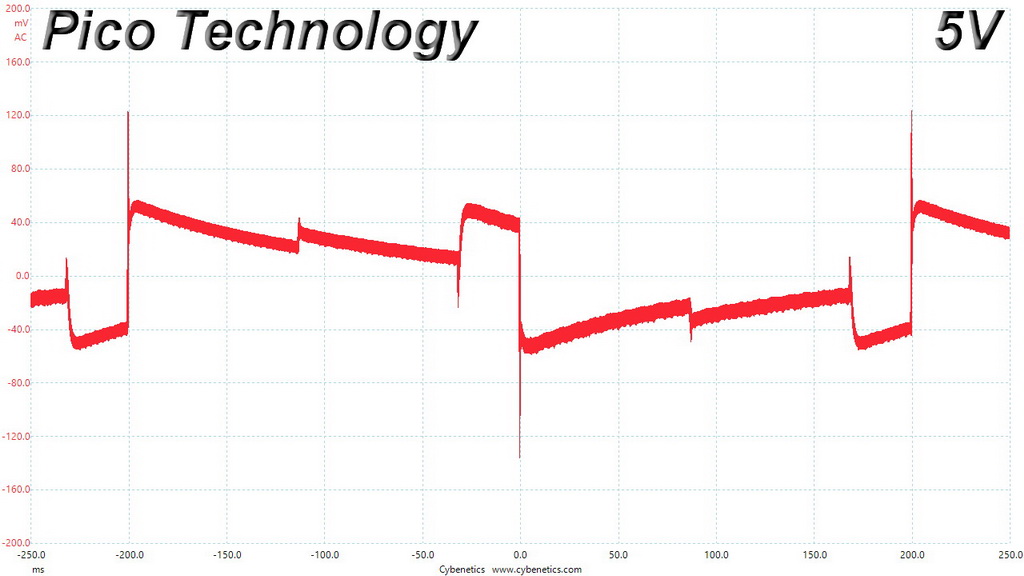
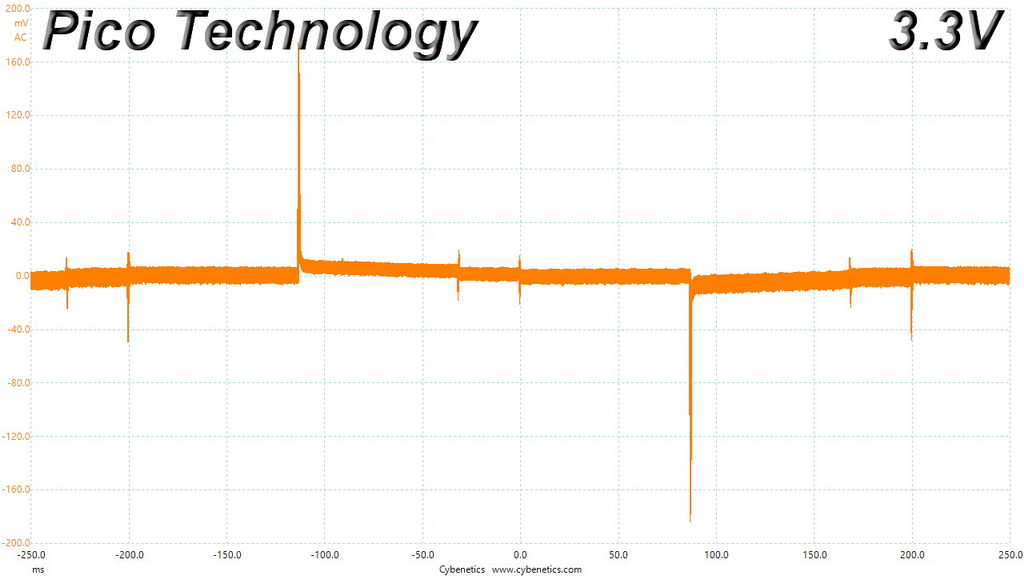
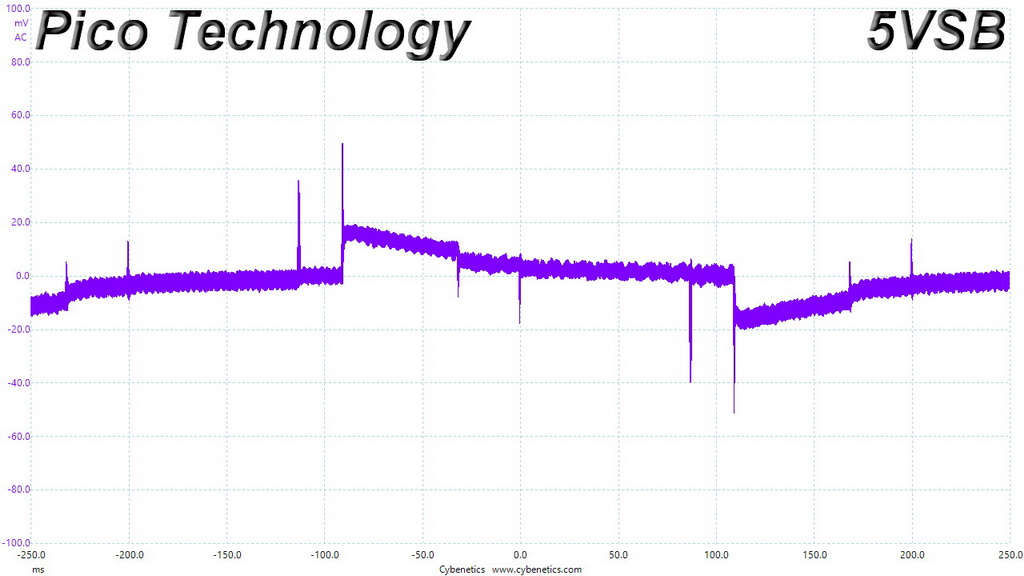
Transient Response At 20 Percent Load – 20ms
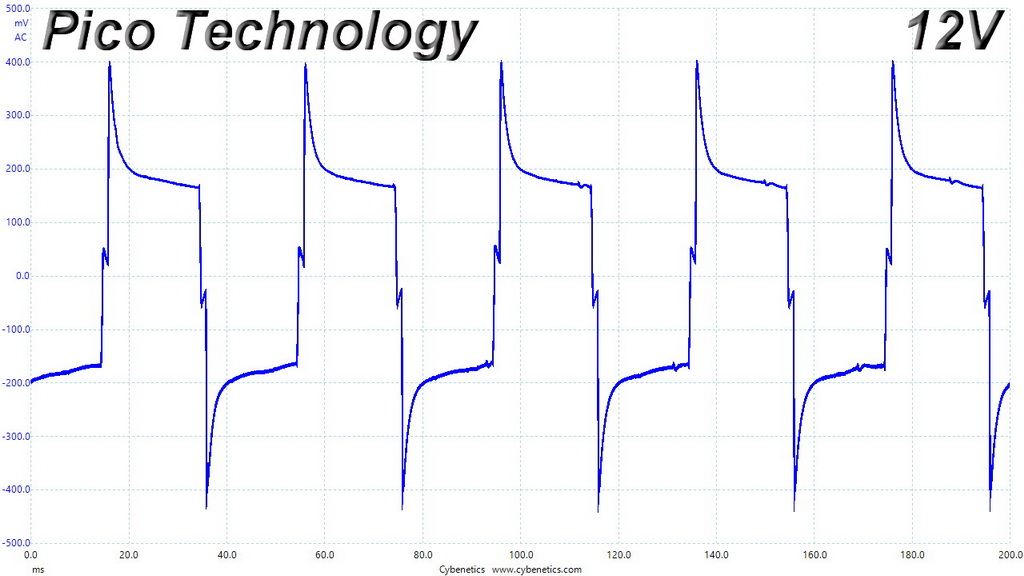

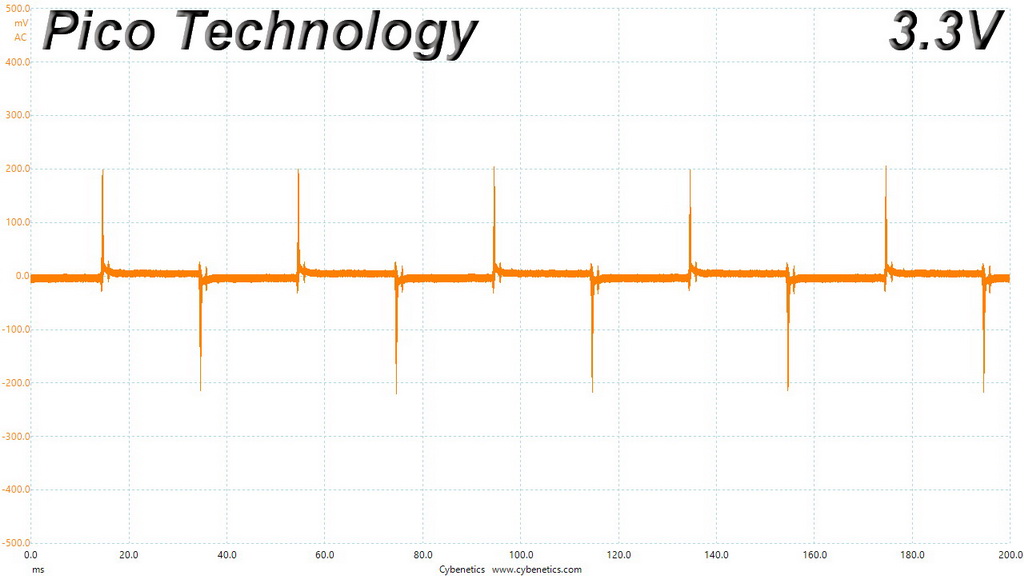
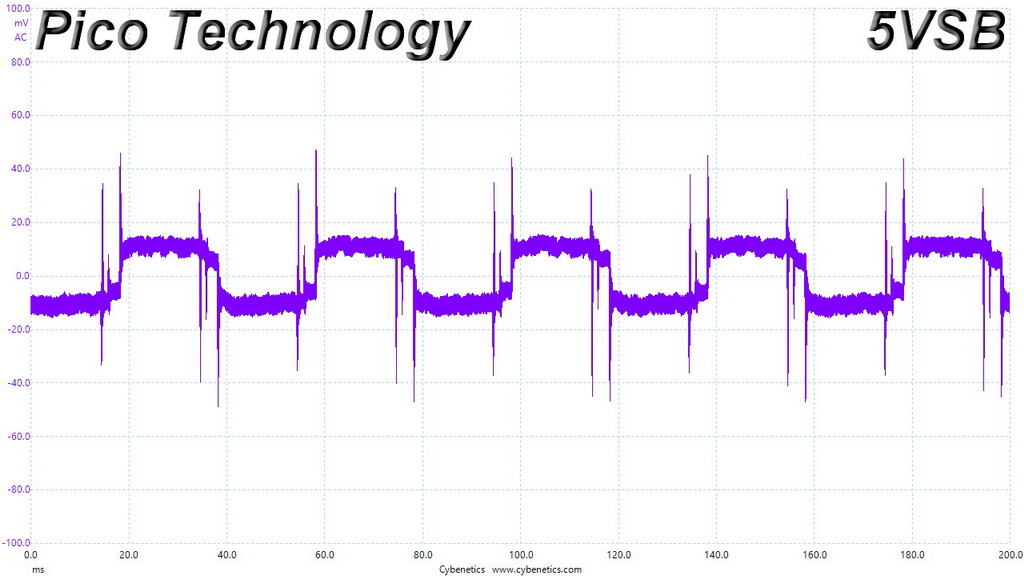
Transient Response At 20 Percent Load – 1ms
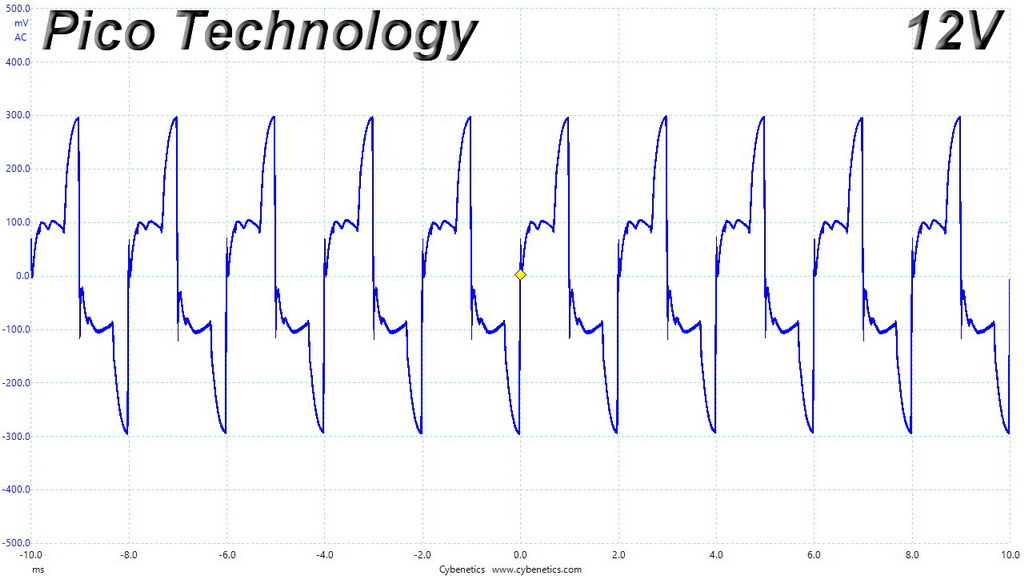
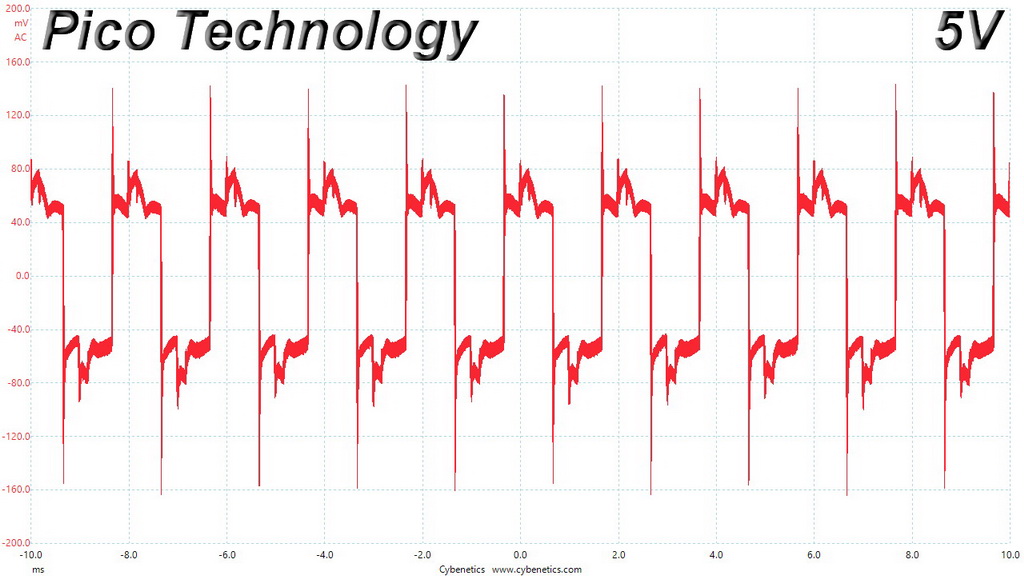
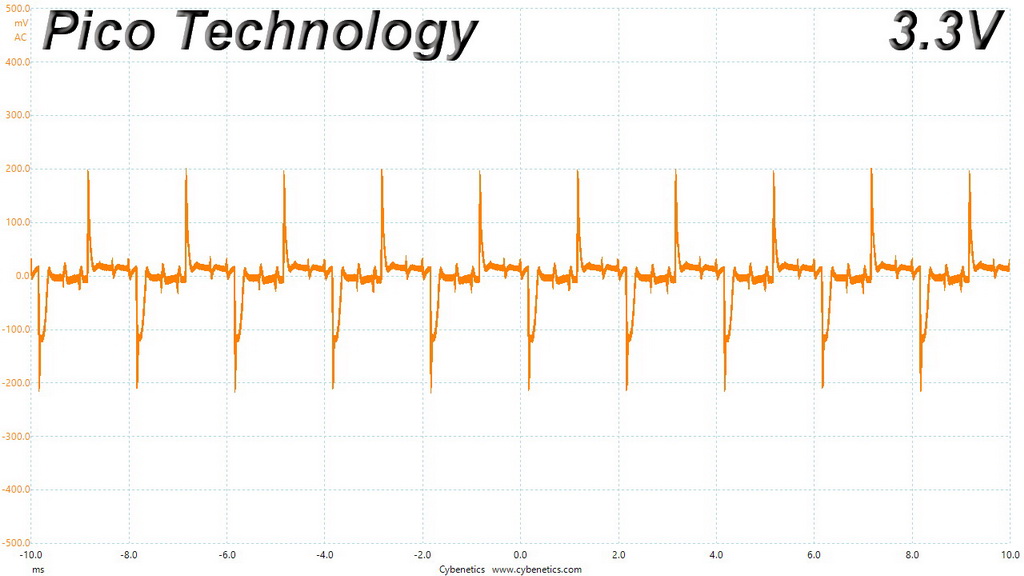

Transient Response At 50 Percent Load – 200ms
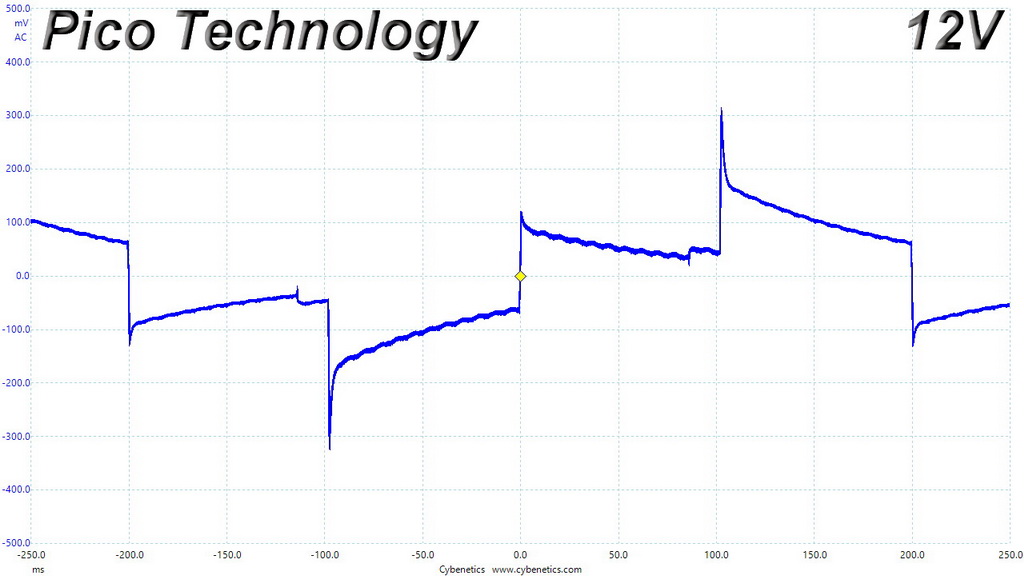
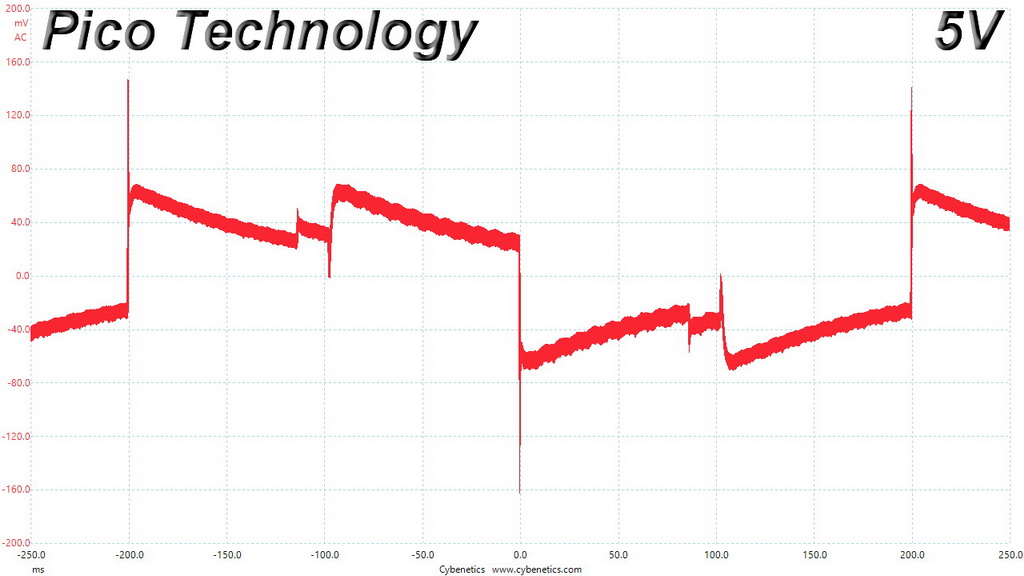
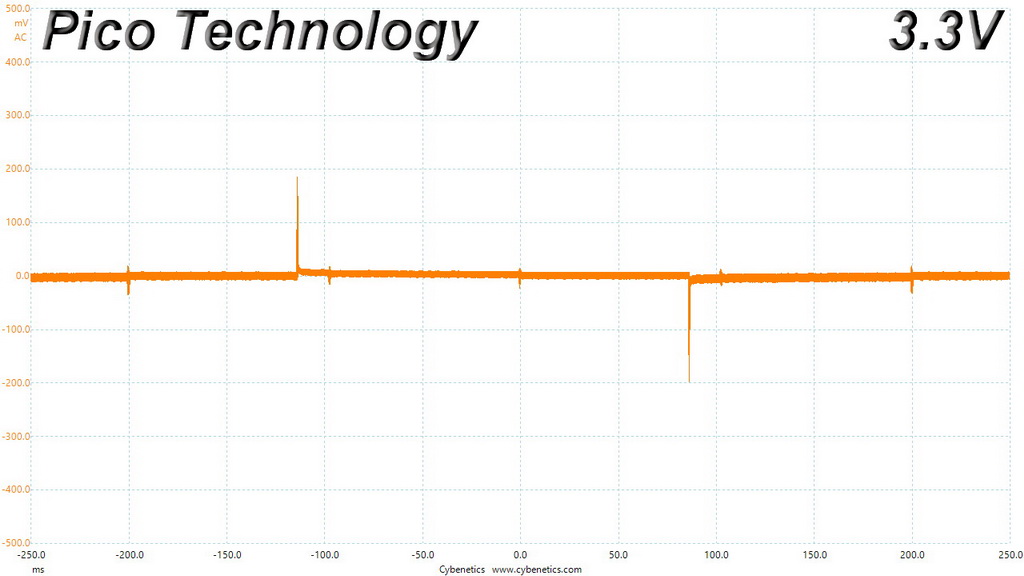
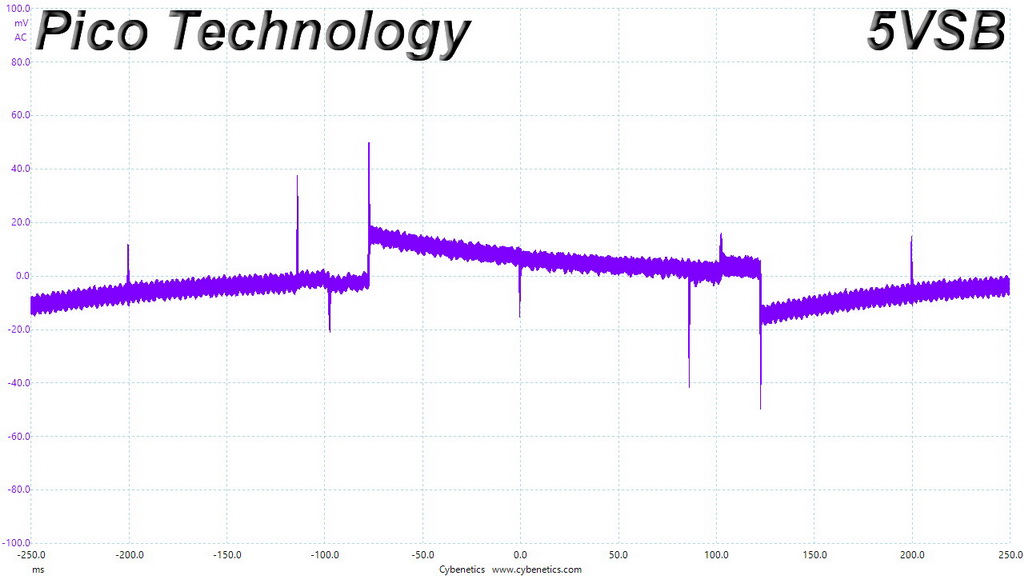
Transient Response At 50 Percent Load – 20ms

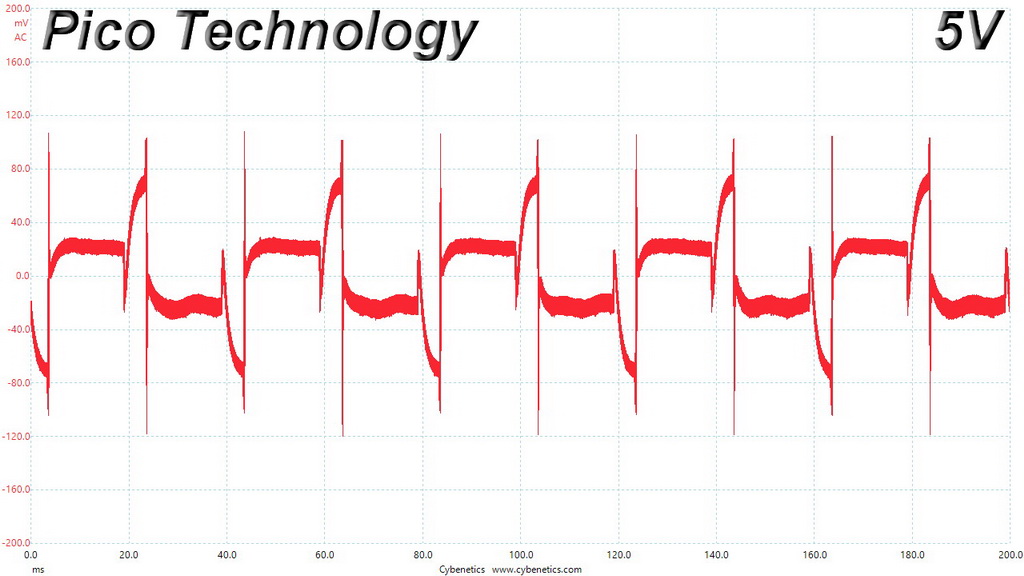
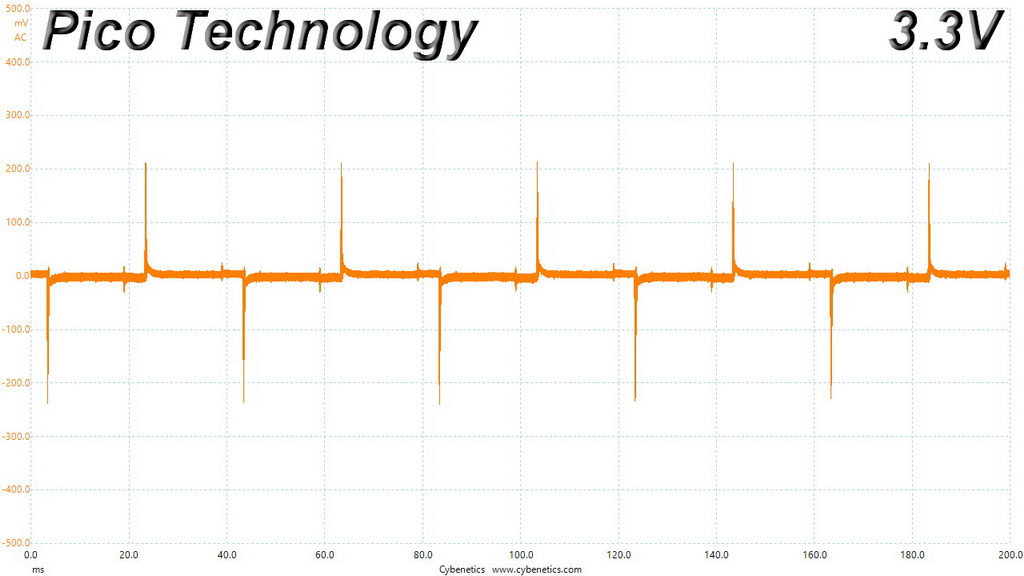
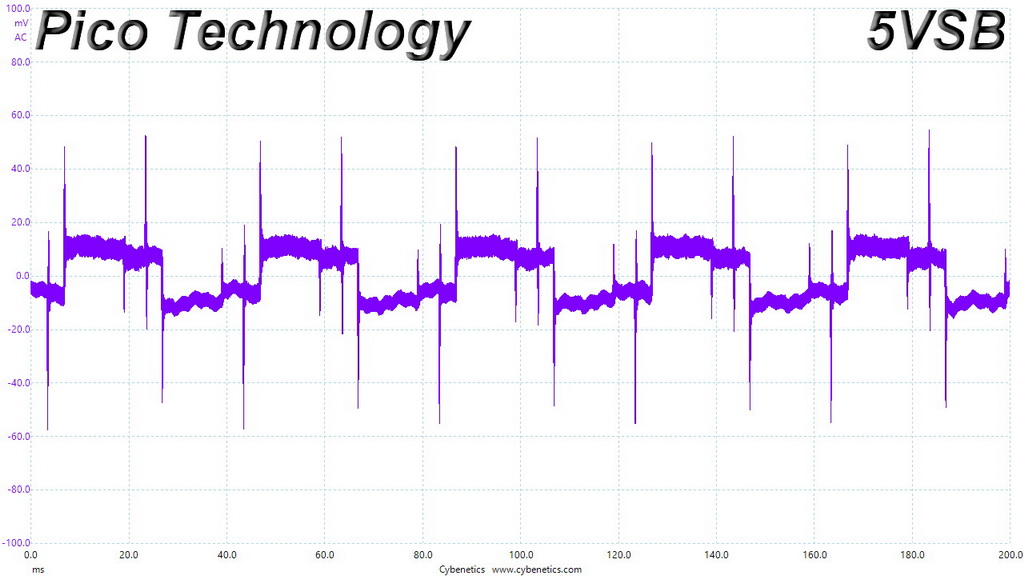
Transient Response At 50 Percent Load – 1ms
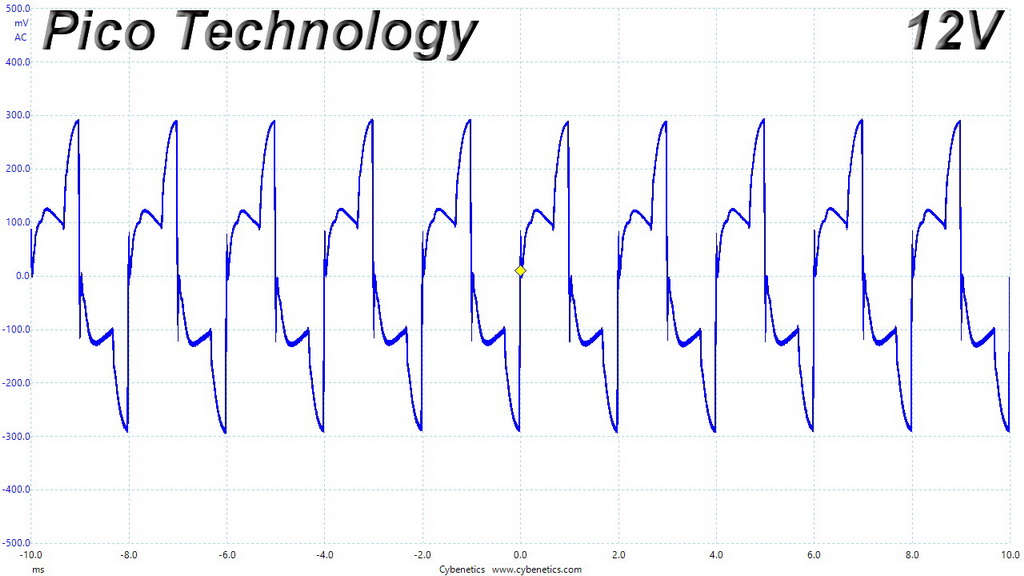
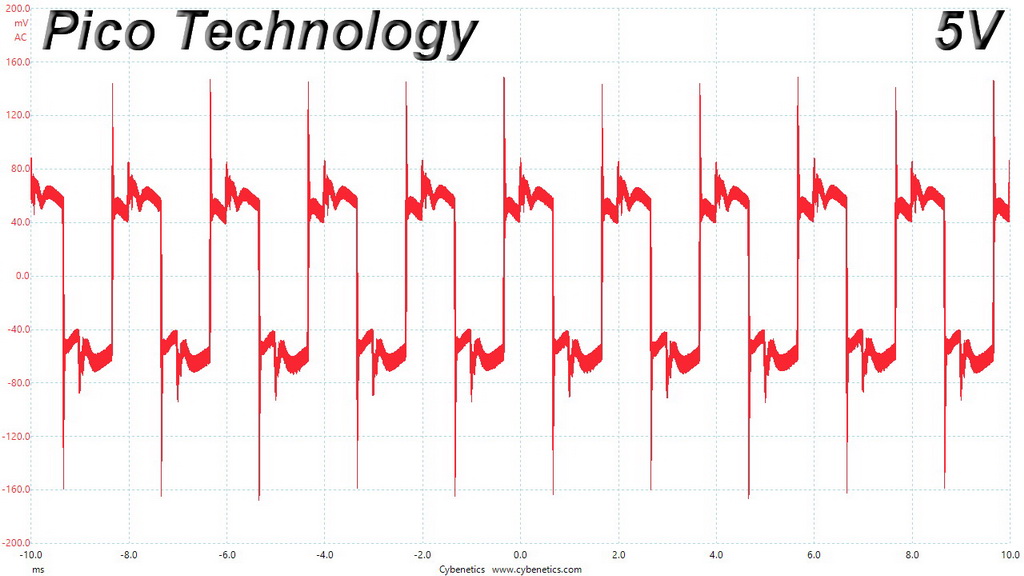
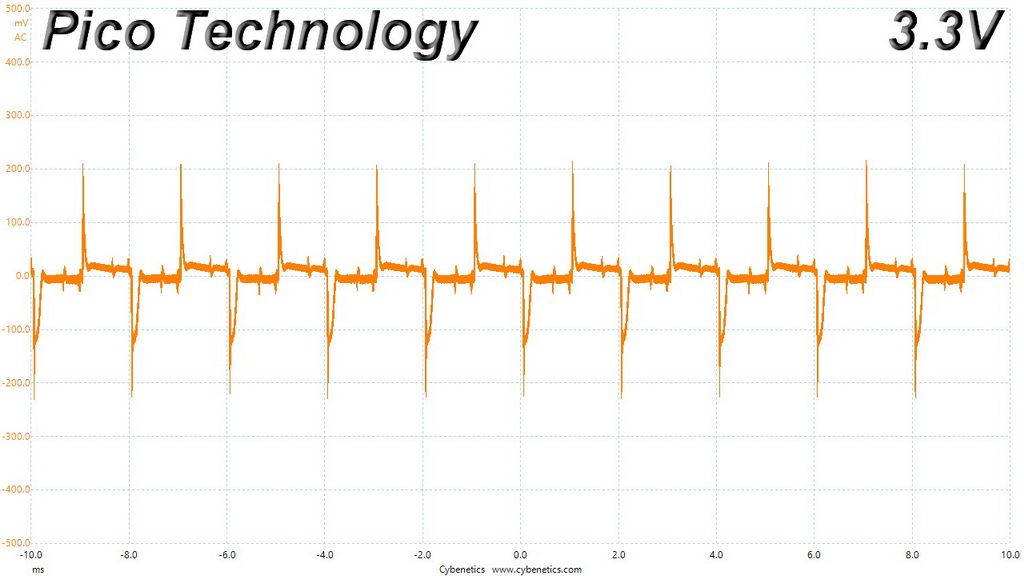
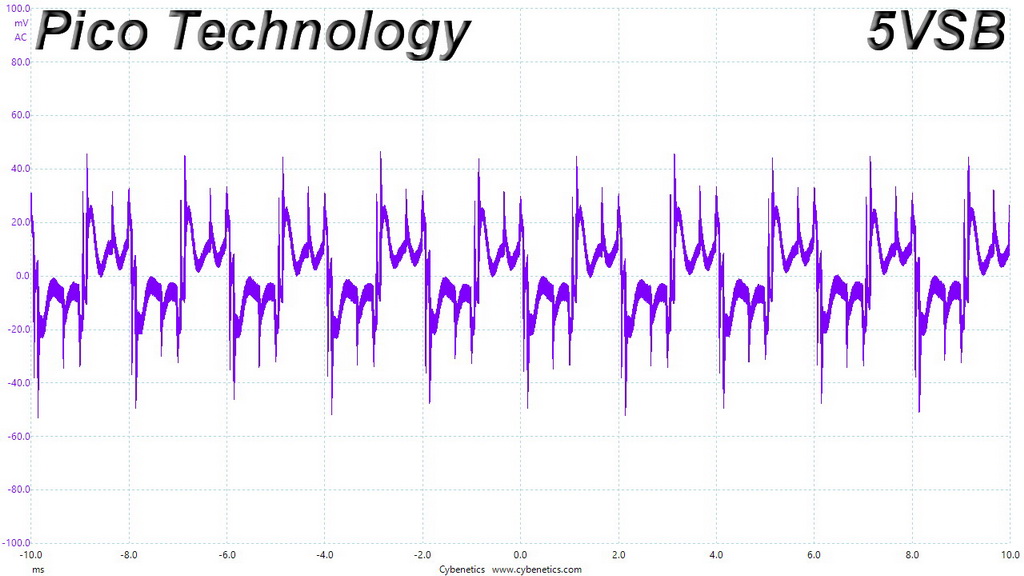
Turn-On Transient Tests
In the next set of tests, we measured the 450 BT’s response in simpler transient load scenarios—during its power-on phase.
For our first measurement, we turned the PSU off, dialed in the maximum current the 5VSB rail could output, and switched the PSU back on. In the second test, we dialed the maximum load the +12V rail could handle and started the 450W supply while it was in standby mode. In the last test, while the PSU was completely switched off (we cut off the power or switched the PSU off), we dialed the maximum load the +12V rail could handle before switching it back on from the loader and restoring power. The ATX specification states that recorded spikes on all rails should not exceed 10 percent of their nominal values (+10 percent for 12V is 13.2V, and 5.5 V for 5V).
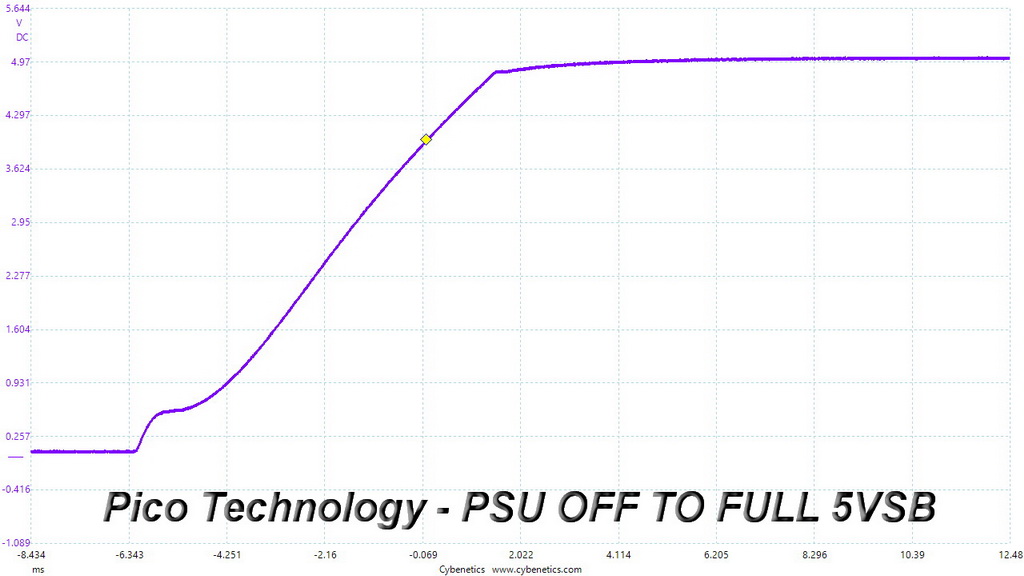
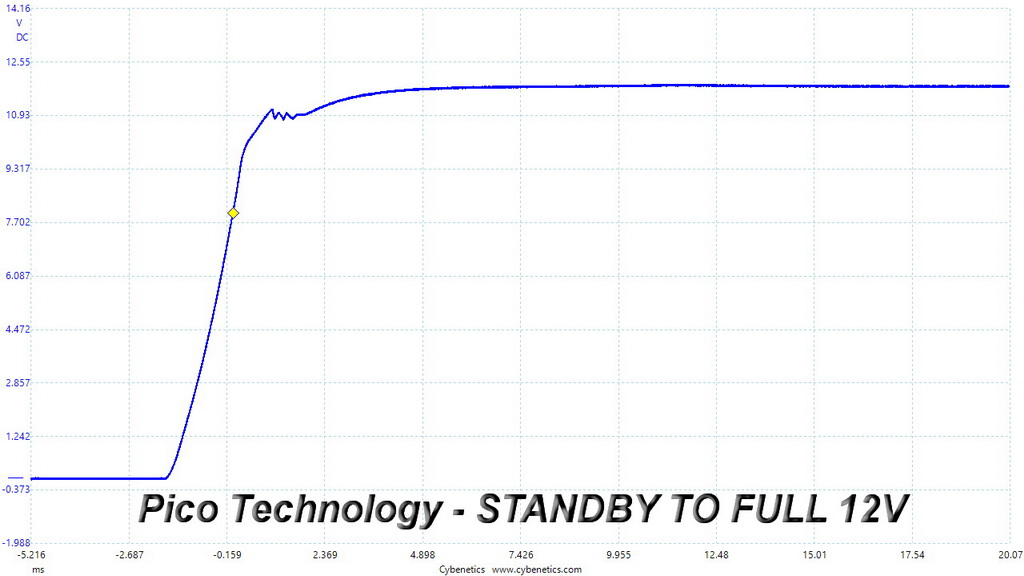
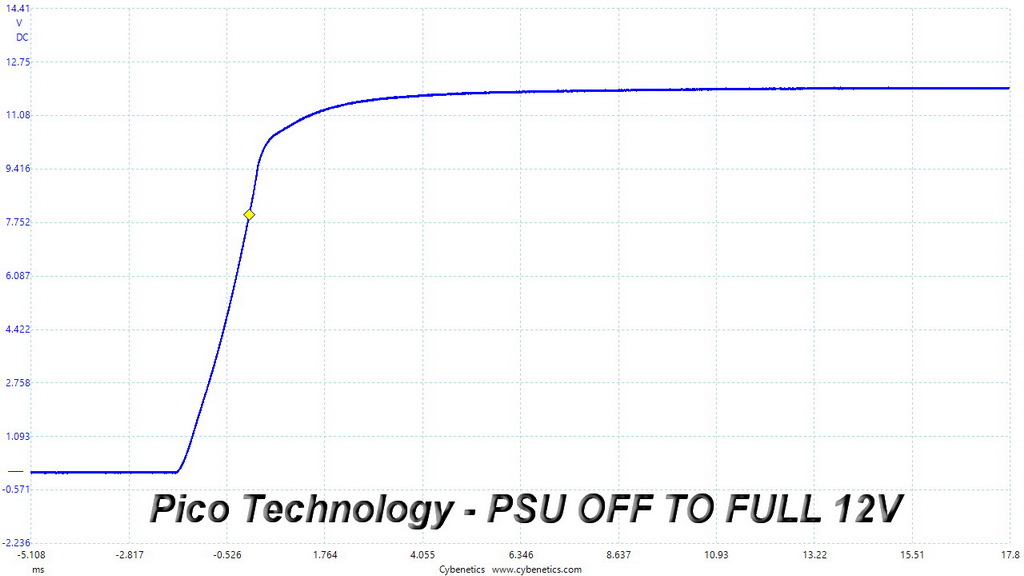
MORE: Best Power Supplies
MORE: How We Test Power Supplies
MORE: All Power Supply Content
Current page: Transient Response Tests
Prev Page Cross-Load Tests & Infrared Images Next Page Ripple Measurements
Aris Mpitziopoulos is a contributing editor at Tom's Hardware, covering PSUs.
-
Onus This looks like a decent choice for a business-class PC, or even a light gamer, which probably won't pull more than half its rated output.Reply -
chimera201 Could you measure hold up at lower loads(20%, 50%, etc)?Reply
And why isn't inrush results included in cybenetics database?
Normally "S" is considered higher than "A++" -
Aris_Mp S stands for standard. As for the hold-up time, it is measured only in the worst case scenario, which is full load. Unfortunately there is no time to take extra measurements, especially since we want to implement some other tests.Reply
About the inrush current, Cyben''s pdf report covers only the basic in order to be kept at a normal size. -
chimera201 Just curious how the values for hold up would look like at lower loads (I know it's higher). If you do plan on testing it even once at-least do it on a cheaper PSU unit. Testing it on a higher-end unit would defeat the purpose.Reply
And I thought Cybenetics was supposed to give a detailed report. Not including inrush results, etc kind of defeats the purpose. -
Aris_Mp The main role of Cybenetics is to provide efficiency and noise certifications. The extra results are just to let people know a little more about a PSU's quality. If Cyben provided everything then it would be a review and not a certification.Reply -
HERETIC-1 Quality,low power PSU's are hard to find-Reason-Quality components cost money.Reply
PSU IS THE MOST IMPORTANT PART OF ANY BUILD.....................
RECOMENDED-
Seasonic G360 or G450
Corsair SF450 -
Marlin Schwanke Read the list of cons again. This thing is junk. There is no such thing as a decent $25 power supply.Reply -
fry178 so more cons than pros, calling it decent build quality when almost all cons are related to quality.Reply
lol.
less respect with every review like this.. -
Aris_Mp Every product is judged based on its price.Reply
"Almost all cons are related to quality". Actually two our of the six have to do, in a degree, with build quality. Thin cables and overated MOV. Transient response, lower hold-up time, noise and old platform are not build quality related. Build quality has to do with the quality of the components and the craftsmanship unless you imply/understand something else.
You know what I also call decent build quality? A PSU that has a 25C rating and manages to finish all of my tests at much higher ambient temperatures. If its components were crappy then it wouldn't even last a minute under the overload tests, as many other PSUs that have died in my hands so far. -
fry178 cables are still components.Reply
and as well as everything else, it's still directly/indirectly related to quality, no matter if physical parts or design/engineering.
especially since this isnt a box sold by a 12y living in the grandparents basement.
i dont expect a semi modular unit with a 140mm silent fan on this, but i doubt lots of ppl would consider this type of "quality" product, if it was anything else they are using, not even talking about the fact its a name brand that sells very good units.
when did it start to be ok for a product to have more cons than pros?...
doesnt make any sense to me to call it "amazing value".
but i guess thats just me.